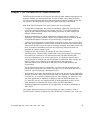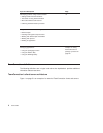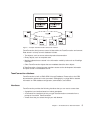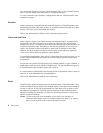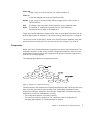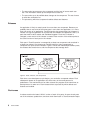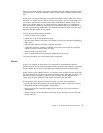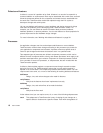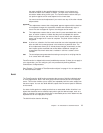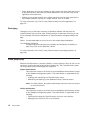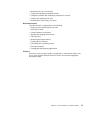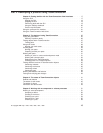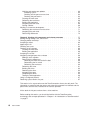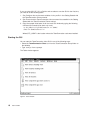the parts modified for the specified defect or feature in one release and
records the status of the defect or feature. The work area moves through
successive states during its life cycle. The TeamConnection actions that you
can perform against a work area depend on its current state.
You must use the
track subprocess
if you want to use any of the other release
subprocesses.
approval
This subprocess ensures that a designated
approver
agrees with the decision
to incorporate changes into a particular release and electronically signs a
record. As soon as approval is given, the changes can be made.
fix This subprocess ensures that as users check in parts associated with a work
area, an action is taken to indicate that they have completed their portion.
When everyone is done, the owner of the
fix record
(usually the component
owner) can change the fix record to complete. The parts are then ready for
integration.
driver A
driver
is a collection of all the work areas that are to be integrated with each
other and with the unchanged parts in the release at a particular time. The
driver subprocess allows you to include these changes incrementally so that
their impact can be evaluated and verified before additional changes are
incorporated. Each work area that is included in a driver is called a
driver
member
.
test The test subprocess guarantees that testing occurs prior to verifying that the
fix is correct within the release.
TeamConnection is shipped with several predefined processes. If these do not apply to
your organization, you can configure your own processes by defining different
combinations of subprocesses.
See “Chapter 4. The states of TeamConnection objects” on page 41 for an explanation
of TeamConnection states.
Build
The TeamConnection build function automates the process of building individual parts
or entire applications, both in the work group LAN environment and on an enterprise
server. This function enables you to reliably and repeatedly build the same output from
the same inputs. You can also build different outputs from the same inputs for different
environments.
You start a build against an output part that has an associated
builder
. A builder is an
object that describes how to translate input parts to get the desired output, such as a
linker or compiler. An input part might have an associated parser, which determines the
dependencies for the input parts in a build.
The build function does the following:
Chapter 1. An introduction to TeamConnection 11



